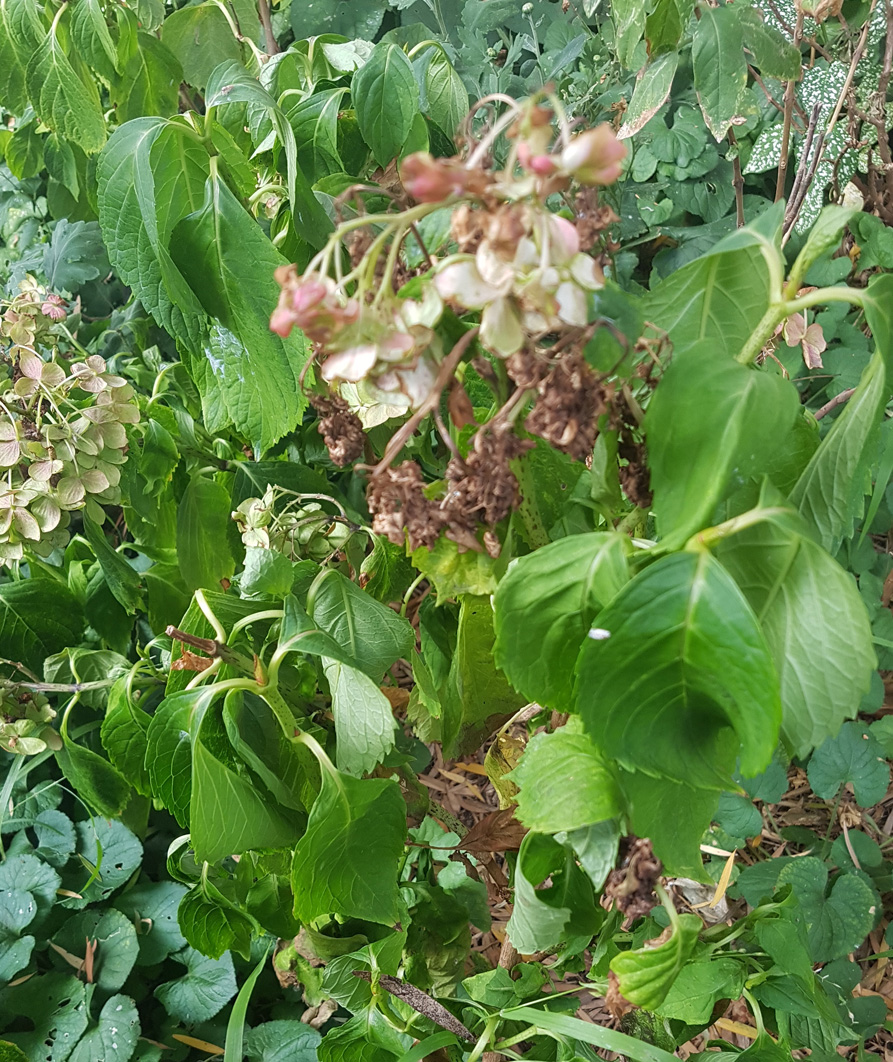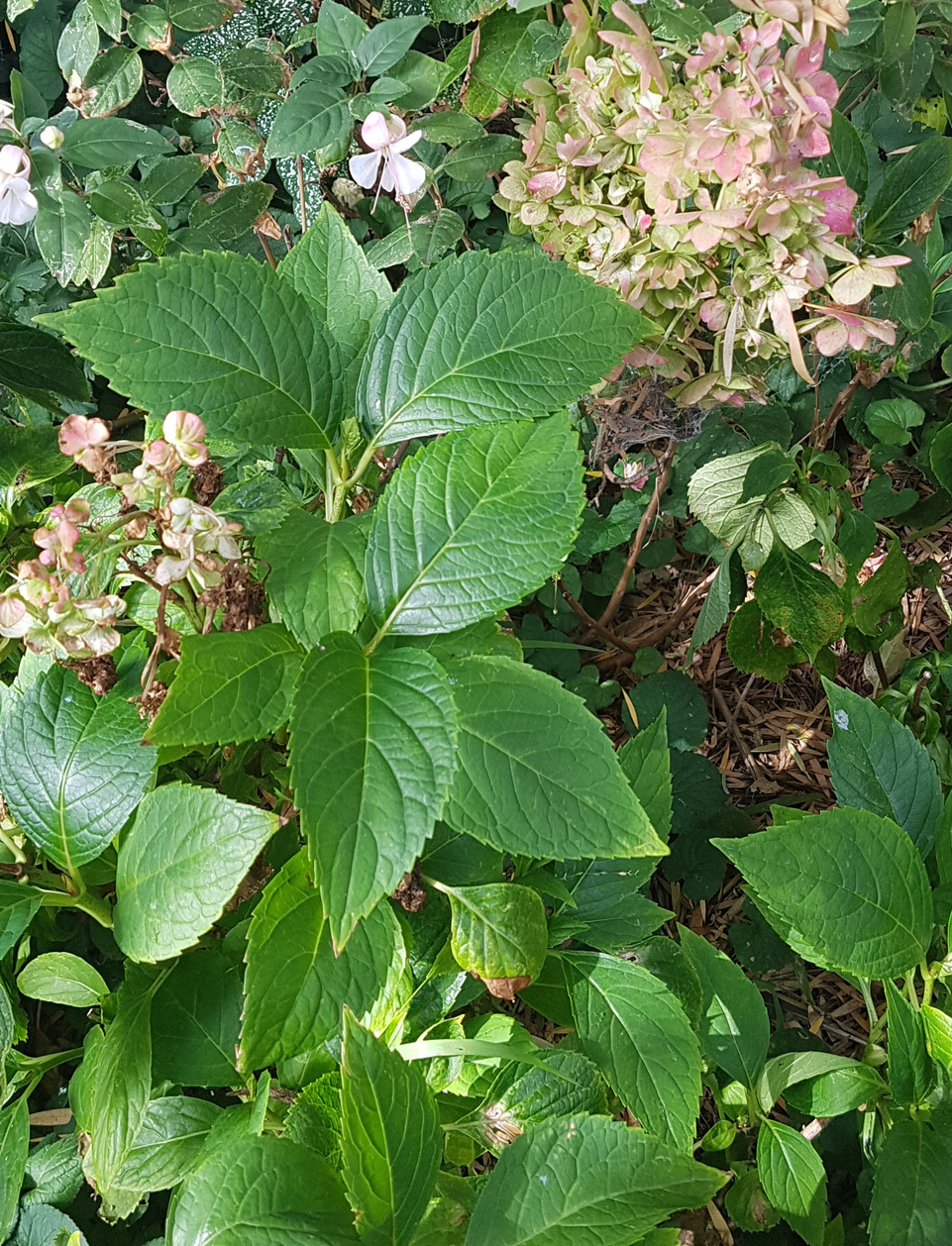Revisiting water and irrigation basics
By John Fitzsimmons
Every horticulturist and landscaper knows that water is essential for greenlife, whether it’s in the production or retail sectors, or in garden design and maintenance. In this country, irrigation in some form is usually (not always) a given. But reminding ourselves just why and how plants need and utilise water will also inform us as to how we can design, install and manage water for our plants in the most appropriate way.
Water has been described as the most limiting non-living factor in plant growth and productivity. It often constitutes 90%or more of green plants on a fresh weight basis and yet plants retain as little as 5% of the water taken up! That uptake could be perhaps 200 litres for a maize plant through its peak growing season or as much as 1200 litres a day for a large rainforest tree, obviously much less for a newly propagated shrub. So why do plants need water and how do they use it?
Water plays many roles in plant growth. It is a constituent of protoplasm and helps maintain the turgidity of cell wall, helping plants to stay upright. Water pressure also keeps the stomata open (allowing CO2 into the plant), while if there is no pressure they close. Water contributes to cell enlargement due to turgor pressure and cell division which ultimately translates to plant growth. It also helps regulate the plant’s temperature.
Water is involved in the chemical, physical and biological actions and reactions in the soil. Water acts as a solvent for nutrients which can then be absorbed by the plant. Water is also used for transportation of nutrients from the soil to various plant tissues and parts, cell-to-cell, and likewise of plant hormones. It also dilutes waste by-products of internal reactions.
Water is needed in the plant’s hydraulic process. It helps transpiration – essential for maintaining the absorption of nutrients from the soil.
During the vital process of photosynthesis plants capture light and CO2, using the light energy to split water molecules and using their electrons for photosynthesis, producing sugars for growth. However, when stomata are open, water is transpired, lost to the atmosphere, at a high rate compared with the small amount of CO2 absorbed. One average estimate across plant species suggests 400 water molecules are lost for each molecule of CO2 taken in. Plants can synthesise food through photosynthesis only in the presence of water in their system. The balance between transpiration and photosynthesis therefore forms an essential compromise in the existence of plants; stomata must remain open to build sugars but risk dehydration in the process.
In simple summary, the proper balance of water is critical for growing plants.


A plant cannot grow if it doesn’t have healthy roots. Nearly all of the water used by land plants is absorbed from the soil by roots. Roots grow from their tips and initially produce thin and non-woody, fine roots which have the greatest ability to absorb water. These roots can be covered by root hairs that increase the absorptive surface area and improve contact between roots and the soil. Some plants also improve water uptake by establishing symbiotic relationships with mycorrhizal fungi, which functionally increase the total absorptive surface area of the root system.
The roots of woody plants form bark as they age and while this decreases the permeability of older roots, they can still absorb considerable amounts of water. This is important for trees and shrubs as woody roots can account for most of the root surface in some forests.
Roots tend to grow away from dry situations toward moisture in the soil (hydrotropism). Cell elongation can be inhibited on the humid side of a root, while elongation on the dry side is unaffected or slightly stimulated. This results in root curvature and growth toward a moist patch.
The extensive root zones of many woody species can explore large volumes of soil. Deep roots (>5m) allow plants to access water from permanent water sources at substantial depth. The roots of some species have been found extending as deep as nearly 70m, while others have been noted as spreading laterally up to 50m per side. Conversely, plants from arid environments have very shallow root systems. The deepest root systems are found in climates with marked seasonal rainfall patterns.
So, if water availability in the root zone is limited, due to season, climate or in controlled growing situations, external applications of water will be needed, i.e., irrigation,.and because plant growth depends on the management of nutrients, this in turn, heavily depends on the management of irrigation.
As NGIA/Greenlife Australia Nursery Papers summarise, the whole system is driven by transpiration at one end and available water at the other. The amount of water used by a plant depends on solar radiation, temperature, wind and humidity. If not enough water is available or it is too hard to extract from the growing media, then the metabolic process starts to close down, the plant stops growing and starts to wilt.
Plants in the open, exposed to full sunlight and wind, will use more water than plants under shade cloth, where solar radiation, temperature and wind are all reduced. Plants in greenhouses (depending on materials and construction) can experience higher temperatures and humidity but are exposed to less radiation and wind, so they will generally use less water than plants outside in summer. However, the opposite could be the case in winter.
Production nurseries usually have a range of plants using different amounts of water throughout their growth cycle, a range of growing conditions, and daily variations in potential evapotranspiration.
We, therefore, need to start with two primary pieces of information:
- what is the daily evaporation at my nursery?
- how much water do my plants use?
Daily evaporation can be indicated by commercially available automatic weather stations that will calculate this figure, or by installing a Class A evaporation pan and measuring the previous day’s evaporation each morning before setting the irrigations. In some regions, daily evaporation readings may be broadcast or available from other public sector or private sites.
Actual water use by plants in pots can be measured by bringing representative pots or groups to maximum waterholding capacity and weighing them, then weighing them again before irrigation. The weight differential represents the water used. By measuring and recording a range of plants and containers in various blocks within the nursery, you can identify and group plants with similar water requirements.
This information is then used to calculate your plants’ needs and appropriate irrigation schedules.
| Plant Type | Container Size | Water Storage | Structure Type | Crop Factor |
| Type A | 150mm pot | 4.5 mm | Igloo | 0.75 |
| Type B | 100mm pot | 5mm | Open | 0.83 |
| Type C | 200mm pot | 3mm | Shadehouse | 0.5 |
| Type D | 100mm pot | 12.5mm | Shadehouse | 0.47 |
| Type E | 150mm pot | 5mm | Open | 0.83 |
| Type F | 150mm pot | 4mm | Open | 0.67 |
| Type G | 200mm pot | 6.5mm | Open | 1.08 |
| Type H | 150mm pot | 5mm | Open | 0.83 |
| Type I | 150mm pot | 4.5mm | Igloo | 0.75 |
| Container Size | Weight Loss |
| 80mm | 5g |
| 100mm | 10g |
| 150mm | 20g |
| 170mm | 25g |
| 200mm | 130g |
| 250mm | 50g |
| 300mm | 70g |
millimetre of water required to replenish the container (NGIA/GIA Nursery Papers)
| Structure | Mean application rate (mm/hr) | Scheduling coefficient |
| Igloo | 8.5 | 1.4 |
| Shadehouse | 15.2 | 1.1 |
| Open | 9.6 | 1.2 |
sprinkler performances can be recorded (NGIA/GIA Nursery Papers)
David Hunt, Greenlife Industry Australia’s Smart Farming project officer, has pointed out that an efficient, well-designed irrigation system will influence nutrient availability and leaching, root development, plant health and marketability, disease and pest susceptibility, as well as water, energy, and labour costs. An irrigation system that can be adjusted to suit the life stage and water requirements of the plants is just as important as having customers to buy the plants.
With reference to recognised Australian water specialist Chris Rolfe and others, David reminds us that an efficient irrigation system is one that matches the irrigation application rate to the water infiltration rate of the growing media and the plants’ water requirements. The irrigation system should:
- have a mean application rate (MAR) equal to or less than the absorption rate of the growing media (or less than 20mm/h)
- apply water evenly over the whole area with a coefficient of uniformity (CU) of 85% or higher
- have a scheduling coefficient (SC) between 1 and 1.5
He lists the components of an irrigation system that influences the application efficiency which should be assessed if the system does not meet any of the efficiency measurements. These include:
- sprinkler type (incl. jets, plates and trajectory e.g., spinner or rotating stream)
- sprinkler spacing (appropriate to sprinkler type)
- height above crop (relative to plant growth, and sprinkler trajectory and spacing)
- operating pressure (to meet sprinkler specifications)
- flow rate (to meet sprinkler specifications)
- an energy-efficient irrigation pump, to provide the correct operating pressure and flow rate while using the least energy possible (*Incorrect operating pressure and flow rates will increase energy usage)
Greenlife growers now have access to an extensive and expanding toolbox of technical devices and systems to help them achieve and maintain these objectives.
However, David points out, that smart technologies cannot correct a poorly designed or installed irrigation system. Substantial amounts of money can be spent on purchasing smart technologies and calibrating the system, but unless the uniformity and efficiency of the irrigation system is first addressed, the addition of smart technologies will not improve the application efficiency of a poorly designed irrigation system.
That is, he summarises, smart technologies installed into a production nursery may improve irrigation scheduling practices but will not fix the issues of uneven water application, incorrect operating pressures, or a poor water distribution system.

